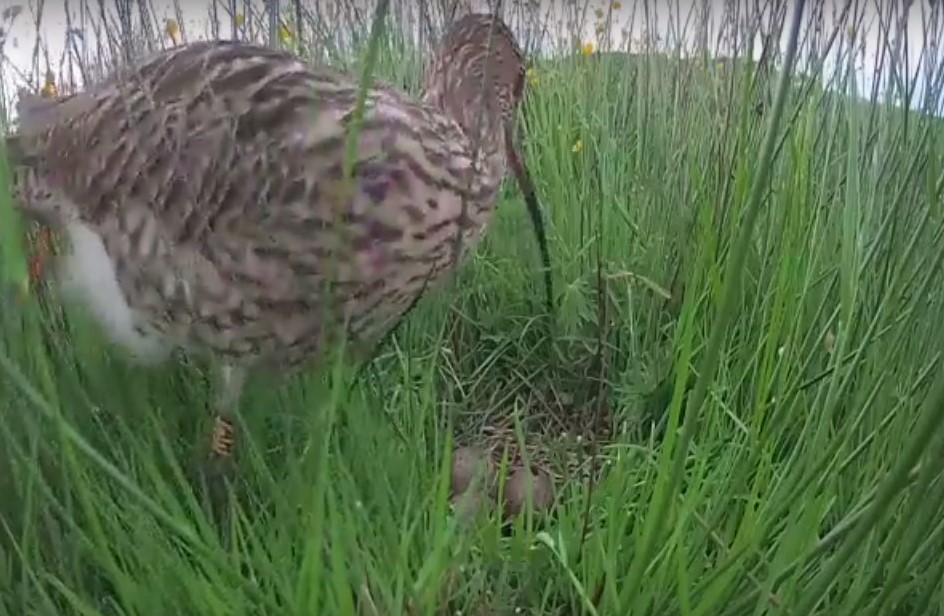Day 8
2017 is the third year of Curlew Country nest monitoring. In previous years cameras and thermal data loggers were used on over 30 nests to establish why curlew are failing to breed successfully. No chicks survived from the nests. Most of the nests were predated at egg stage and failed to hatch chicks. The […]











